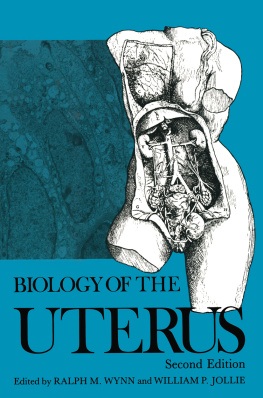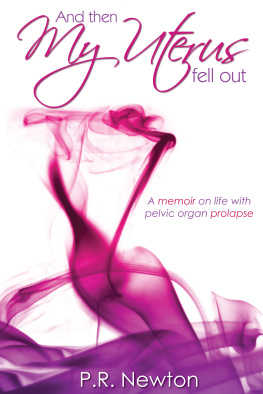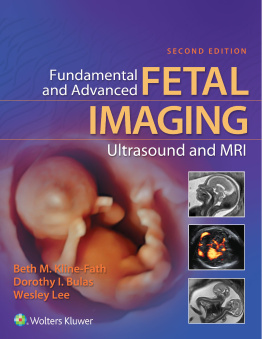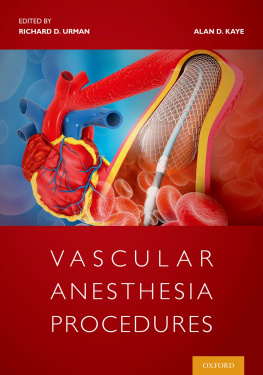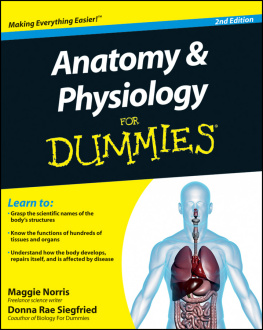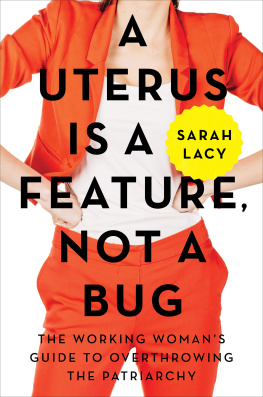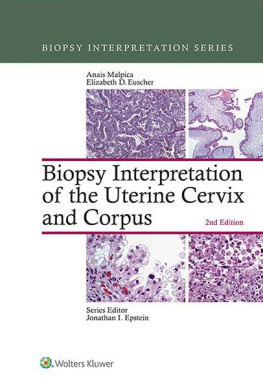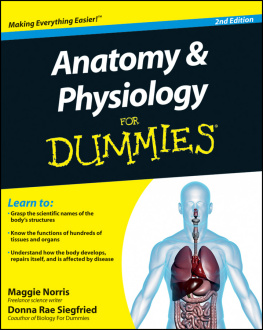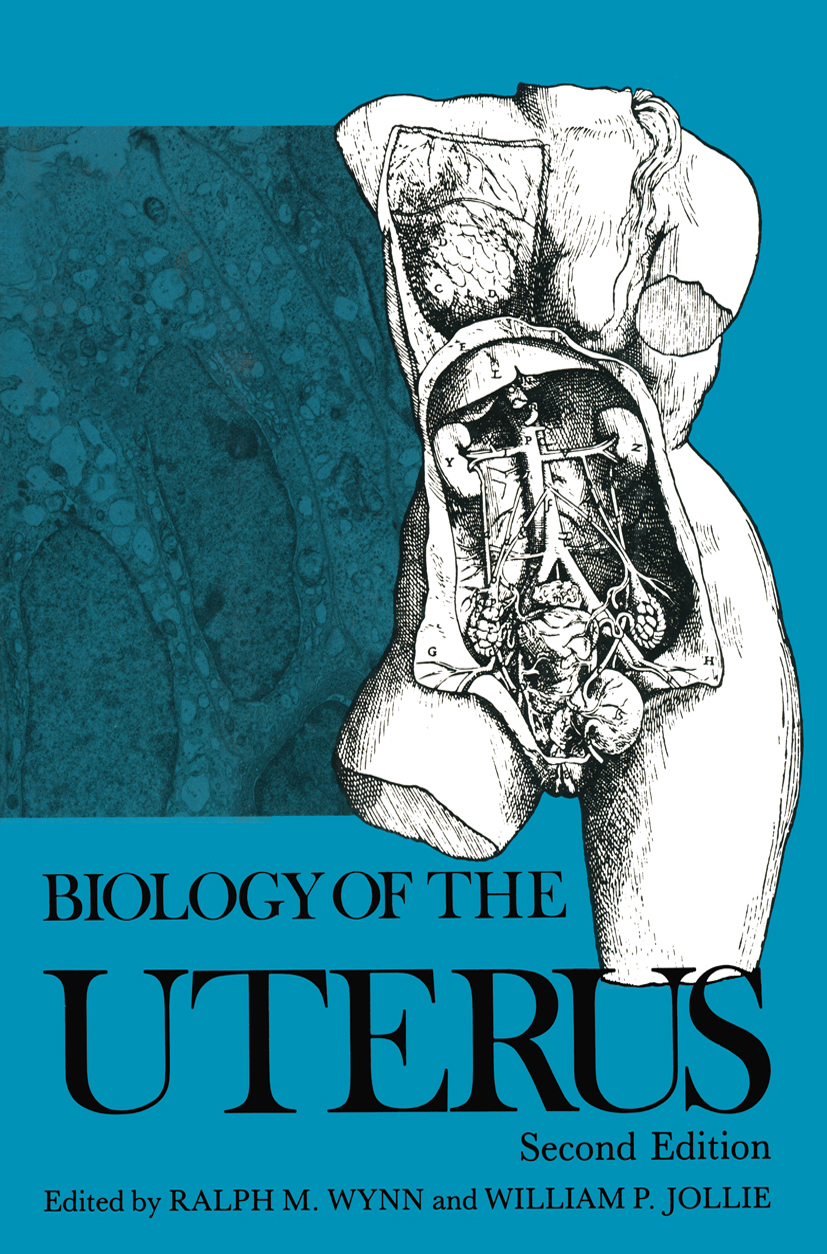Almost a quarter of a century has elapsed since Cellular Biology of the Uterus, the predecessor of the present volume, was planned. During that period, especially in the decade since the publication of the last edition of Biology of the Uterus, new information in the field has been so voluminous as to require major revisions of most of the chapters, the addition of several new chapters, and the collaboration of a second editor to facilitate the selection of appropriate experts as authors. As in prior editions, a balance has been struck between classical biology and modern biochemistry and biophysics. The inclusion of basic histological and embryo-logical information provides a necessary, though often lacking, background for the protein chemist and molecular biologist and a bridge between the cell biologist and clinician. Thus, major practical problems in human reproduction, such as the genesis of endometrial carcinoma and the cause of the initiation of labor, may be approached on a firm scientific footing.
The current edition deals primarily with the biology of the uterus itself (comparative and human) rather than placentation or pregnancy and thus is a synthesis of data derived from many techniques, both conventional and modern. As it is clearly beyond the competence of any one scientist to prepare such a text on the basis of personal knowledge and experience, the aid of 22 distinguished scientists was enlisted. All of these authors, acknowledged experts in their respective fields, agreed to extensive revisions of their chapters in the previous edition or preparation of entirely new contributions.
A scholarly history of uterine biology has been retained to illustrate the evolution of studies from superstition to speculation to science. The chapters on comparative anatomy and embryology of the human genitourinary tract have been revised by their original authors. It is noteworthy that Dr. Mossmans chapter was prepared on the occasion of that distinguished scientists 90th birthday. An extensively revised chapter on vascular anatomy and a new chapter on vascular physiology of the uterus, emphasizing the nonpregnant condition, precede the final 12 chapters, which stress cell biology. Comparative embryology of the mllerian derivatives provides the basis for predicting and analyzing the cellular response of the uterus to hormones. The chapters on vascular anatomy and physiology illustrate the dominant role of blood vessels in critical uterine functions such as menstruation and pregnancy, the effects on uterine blood flow of hormones, oxygenation, vasoactive amines, and prostaglandins, and the changes in uterine arteries as they relate to preeclampsia and retardation of intrauterine growth.
Two entirely new complementary chapters on biochemistry and cell biology of the endometrium bridge the gap between morphology and biochemistry and illustrate the crucial role of receptors in endocrine regulation of uterine activity. The cytoskeletal proteins, the biochemistry of the cellular surface, the extracellular matrix, and the secretory components of the endometrium are discussed as they relate to implantation and associated phenomena. The interrelations of the actions of steroid and peptide hormones, receptor status, synthesis of nucleic acids and proteins, and regulation of gene expression are detailed in one of the new pivotal chapters of this edition. The chapter on delayed implantation has been revised and extended to include a discussion of the uterus during early implantation, with detailed data derived from studies of marsupials and several orders of eutherian mammals. Delayed implantation strikingly illustrates the mediation of the developmental rate of one organism (the unimplanted blastocyst) by the internal environment (the uterus) of another. A new chapter on the implantation reaction discusses experimental techniques and hormonal sensitization of the endometrium for implantation. Contributions of electron microscopy to the understanding of several fundamental problems in reproductive biology are well documented. In particular, the role of prostaglandins in the initiation of decidualization and the importance of apoptosis as the mode of cellular death in uterine epithelium are discussed. A short but stimulating chapter on the role of stem cells in the regeneration of the primate uterus presents work currently in progress in the authors laboratory.

